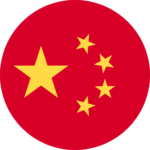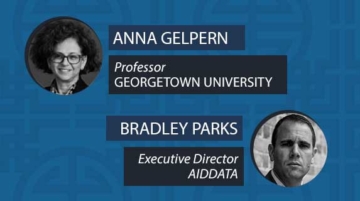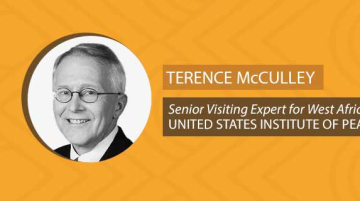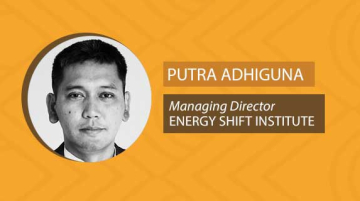U.S. and European leaders often talk about the importance of building China-free supply chains for transition minerals and other critical resources. While, for a lot of people, that may resonate among their constituents at home, the reality is that it’s not even remotely possible — at least for the foreseeable future.
China has spent the better part of two decades building an insurmountable lead in financing, extracting, and processing these resources. Using a combination of state-backed companies and foreign financial institutions, the Chinese are the pacesetters in this industry, with their rivals left far behind.










